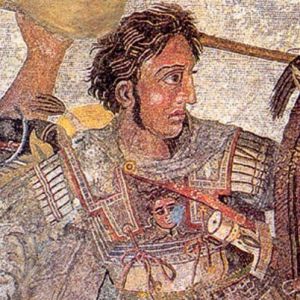“We have met the enemy and he is us.” This perfectly sums up the attitude of Nehemiah and his friends. He is now weeks into his building project. He is no longer mustering builders, inspiring ideas or repelling external threats. He has discovered that he is his own worst enemy.
Neh. 5:1 Now there arose a great outcry of the people and of their wives against their Jewish brothers.
Read Nehemiah 5:1-13
The Threat from Within
In this chapter the enemies and the city walls recede from view, to reveal a more subtle problem. Here the menace is hunger and exploitation, and the structure at risk is the community itself. We see another aspect of Nehemiah’s burdens and his leadership. Certainly the final paragraph takes us twelve years further on.
Judah’s history had not begun with Nehemiah’s arrival, nor even with the ‘great trouble and shame’ which were reported to him in Susa. His diverting of manpower from raising crops to raising walls may have been the final burden; it did not have to be the first. Now the people were facing food shortages.
Nehemiah discovers and resolves this internal struggle in chapter 5 through solidarity. He is now the leader of his people. He does not solve the problem by booming commands. He solves the problem through the strength of identification. Their problems become his. His resources become theirs.
Just as Nehemiah solves his peoples dilemma with identification, so it is with us. Jesus’ identification with humanity, becoming one of us, leads to the greatest healing ever. It is in the incarnation that God heals the enemy within. Gregory of Nazianzus when speaking of Jesus, God’s Son, becoming human put it wonderfully, “That which is unassumed is unhealed.” It is only by Jesus becoming fully human that God can fully heal us.









